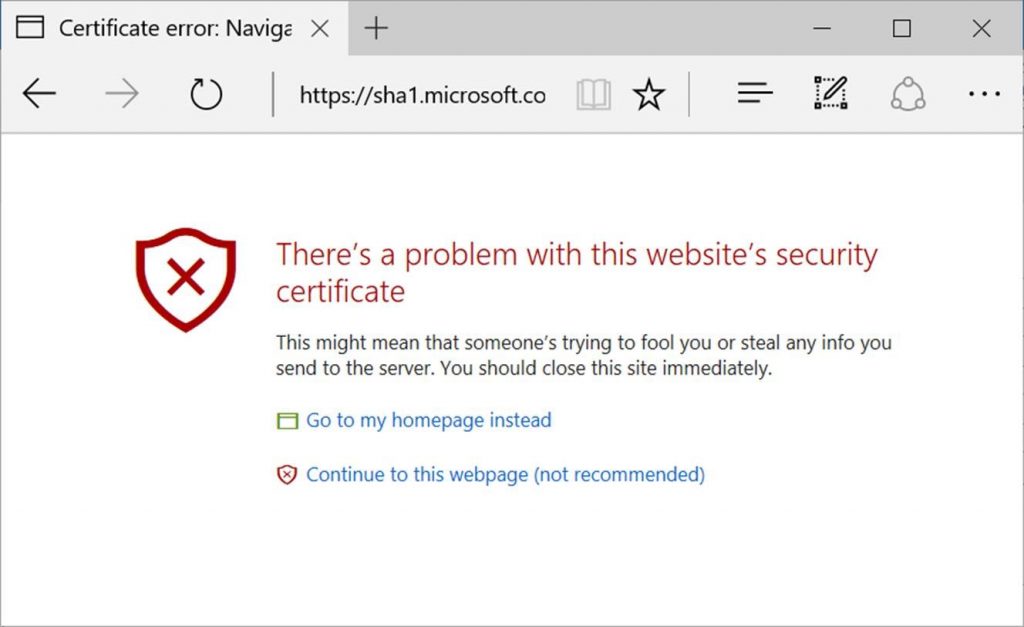Another Patch Tuesday rolls around, bringing updates for Internet Explorer, Edge, Windows, and Office from Microsoft, and new versions of Flash and Reader from Adobe.
According to the Microsoft’s January 2017 bulletin summary,
“There are no security fixes or quality improvements for Windows 8.1 … on Update Tuesday for January 2017. As such, there is no Security Only Quality Update or Security Monthly Quality Rollup release for [Windows 8.1] this month.”
And in fact there are only four bulletins (with associated updates), addressing vulnerabilities in Windows, Edge, Office, and the Flash player built into Edge and Internet Explorer 11. Not including Flash, these updates address three security vulnerabilities.
Adobe’s contributions this month start with Flash 24.0.0.194, which addresses thirteen vulnerabilities in previous versions, adds some new features that are not particularly interesting, and improves support for high resolution displays in Firefox on Windows: Flash content will now scale properly in that context. As usual, Flash updates for Edge and Internet Explorer are handled by Microsoft, and Google Chrome will update itself automatically.
New versions of Adobe Reader address twenty-nine vulnerabilities. Reader XI is up to version 11.0.19, while its confusingly-named sister products Acrobat Reader DC (Continuous) and Acrobat Reader DC (Classic) are at versions 15.023.20053 and 15.006.30279, respectively.
So it’s an enjoyably light month. Visit Windows Update, update Adobe Reader, and if you use a web browser with Flash enabled, make sure to update that as well.
 boot13
boot13